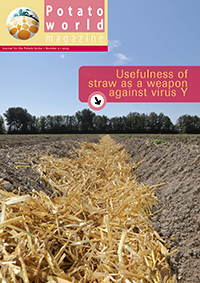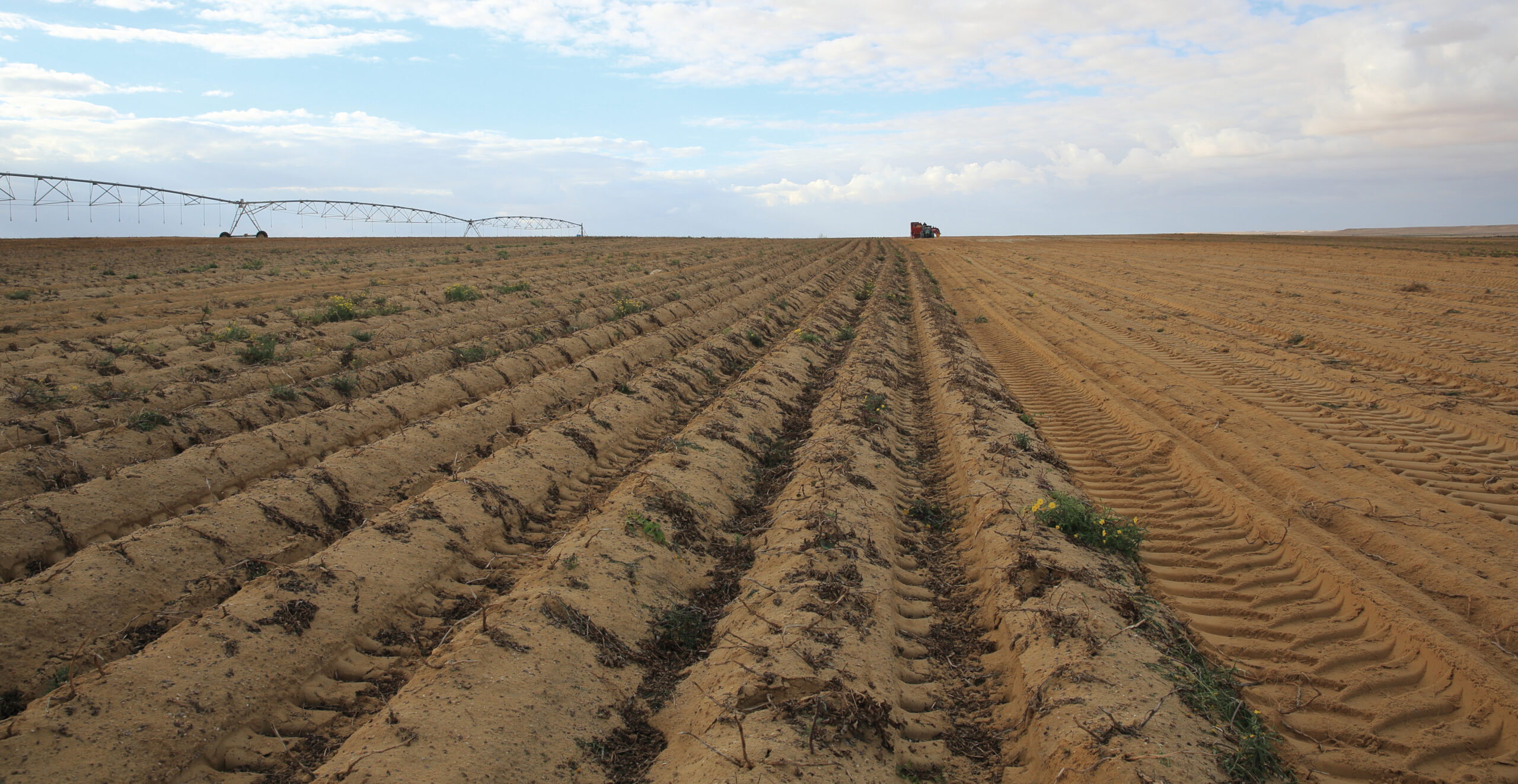Already a subscriber? Activate your premium account

Potatoworld Magazine

Potato crops are still performing relatively poor in hot climates. The majority of the global potato production is therefore found in temperate climates, in tropical highlands or in cooler sub-tropical seasons. So large areas in the world are not yet suitable for potato production because of these high temperatures. These regions are also the places with the fastest growing populations and potato could contribute significantly to the food safety situation. For this reason a lot of research is done to enable and improve potato production in warmer climates.
One of the main problems when growing potatoes in warm climates is the shift in dry matter distribution from tubers to leaves. Warm temperatures favor the growth of leaves at the cost of the tubers. The result is very low or no tuber production and a low dry matter content of the tubers. Recently some researchers from the University of Erlangen-Nurnberg (Lehretz. Et al., 2019) succeeded to alter the dry matter distribution in such a way that the potato plant produced tubers under warm conditions. They did this by modifying the plant at a molecular level. Their main objective was to understand the mechanism that prevented tuber growth and tuberization under warm conditions. Can we now grow potatoes in the tropics and is this knowledge going to be the solution for potato production in warm climates?
I can assure you we are not yet there. Scientific solutions often cost more time than we want. In 1981, Ewing already pointed out in a study that tuberization and dry matter distribution to the tuber was negatively affected by higher temperatures. In the 38 years in between a lot of research has been done in laboratories, greenhouses and in the field to study the effect of high temperatures and heat stress with different results. Geneticists have been looking for varieties that were more heat resistant and that could produce tubers under heat stress, they found some genetic variability, but production was still lower than in colder conditions. Agronomists have been looking for systems where the crop was cooled for example by irrigation or growing them in the shade of other plants in intercropping cultures. Plant physiologist have been looking for processes in the plant that were affected by high temperature and have been looking for way to alter them. The results of all this research is that our possibilities of potato production in the tropics are increasing, but increasing slowly.
I think for the short term the biggest steps we can make is to work in the areas where it is cool enough to produce potatoes, for example at higher altitudes or in cool seasons. Most yields there are only a fraction of their potential and improvement is relatively easy. Introducing healthy starting materials, fertilizers and crop protection in combination with good cultivation practices often results in double or triple the crop yield. This has been demonstrated repeatedly by our students when they were working in developing countries.
In conclusion, developing potatoes for warm conditions should go on but one must put at least as much energy in improving the current potato production in the known production areas. ●

Dr. Ir. Peter Kooman
Professor Potato supply chain and sector innovation
CAH Vilentum University of Applied Sciences
p.kooman@cahvilentum.nl
Lehretz, G. G., Sonnewald, S., Hornyik,
C., Corral, J. M., & Sonnewald, U. (2019).
Post-transcriptional Regulation of FLOWERING LOCUS T Modulates Heat-Dependent Source-Sink Development in Potato. Current Biology.
Events
©2015 - 2024 Potatoworld | Webdesign and realisation COMMPRO